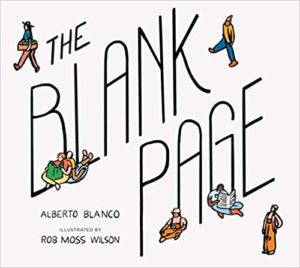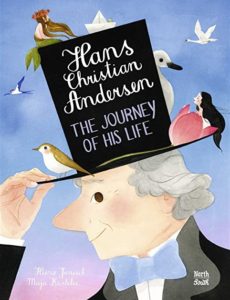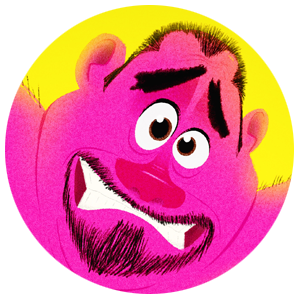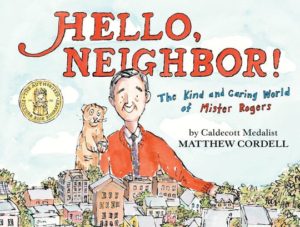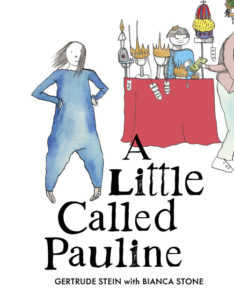This month’s PB review is by OPB regular Ryan G. Van Cleave, and OPB newcomer, freelance writer and illustrator Bonnie Kelso.
–Ryan’s Review of the Writing–
With this timely book, poet Nikki Grimes uses lyrical language to tackle the challenge of presenting a rich, well-lived life. She also frames the story of Kamala Harris’ life in the ongoing conversation between a young Black girl and her mother and the motif of the lotus flower (which the word Kamala just so happens to mean).
We quickly learn the history of Kamala’s parents as well as how they marched for civil rights and went to see Dr. Martin Luther King, Jr. “Kamala was there, too,” Grimes writes, “bouncing along in her stroller, chewing on her pacifier and words like ‘peace’ and ‘justice.’ ” We move from those early years to seeing Kamala battling for the use of a soccer field in middle school to her time at Howard and her initial foray into politics.
The text might require a good bit of adult glossing and intersection, both because the lines are set as verse (which makes sense, considering Grimes’ penchant for poetry), and the terminology/references are somewhat wide-ranging. Those who want the fullest version of Harris’ story would be well-served by examining her book The Truths We Hold: An American Journey, which came out earlier this year.
Some readers might resist the italicized mother/daughter conversation frame because it could be seen as getting in the way of the deep dive into Kamala’s life. Others might not want the story to end with Kamala ending her presidential bid because she “realized running for President/cost more money than she thought,/and Kamala’s campaign team/didn’t have enough.” Some might also see this as an opportunity for a sequel!
I’ll let Bonnie get into the vibrant digital illustrators by Laura Freeman, but my layman’s two cents on the art is this–it’s bright, textured, and inviting. Seeing the cover alone made me want to seriously consider this book for a review, regardless of any other factors. A great cover really draws my eye.
Without a doubt, Kamala Harris–the first Black woman and first Asian American woman named to a major party presidential ticket (more firsts might happen the day after this review is out!)–is worthy of being the subject of a picture book biography.
The timeline in the back matter is welcome and helps give context to the events in the book. Kamala Harris: Rooted in Justice is a worthy addition to any library or personal collection, and can serve as an introduction to the world of politics.
4 out of 5 pencils
–Bonnie’s Review of the Illustrations–
Laura Freeman’s illustrations in Kamala Harris: Rooted In Justice give an abundance of emotional depth to the life story of this widely beloved public servant who has been breaking boundaries in the name of justice her entire life. From my first glance at the gorgeous cover, I was struck by the perfect balance of compassion and strength it conveys. Kamala’s family influences emerge from the cool inkiness of her hair and contrast against the warm tones in her skin, the lotus, and the red stripes of the American flag.
This play with warm and cool tones continues throughout the book, showing Laura Freeman’s immense skill as a visual storyteller. Bold pops of magenta and saffron against pools of blue, urge the characters off the page and into life. Patterns are used with intention and precision, blending the traditional textiles of Africa, India, and America, emphasizing Kamala’s unique perspective and family history. The layered and sometimes angular compositions add drama to Laura Freeman’s trademark flat, digitally collaged style. She reserves the use of shading and detail to emphasize faces and bring vibrancy to the characters.
It was a pleasure to review this important and relevant biographical picture book and I can’t wait to read the sequel.
5 out of 5 crayons

Bonnie Kelso is a writer and illustrator of picture books who tends to shy away from political discussions. However, she believes strongly that Kamala Harris would make an excellent president.
A graduate of the Rhode Island School of Design, Bonnie’s past experience in art spans a spectrum, from abstract painting on canvas to museum-quality exhibit design. She has worked with clients such as the Smithsonian, National Geographic, and NASA. Currently, Bonnie is pursuing the challenging path of becoming a published children’s book author and illustrator. She lives in Las Vegas with her partner, two sons, cat, and Japanese cleaner shrimp.
To learn more about Bonnie’s work, please visit www.BonnieKelso.com.

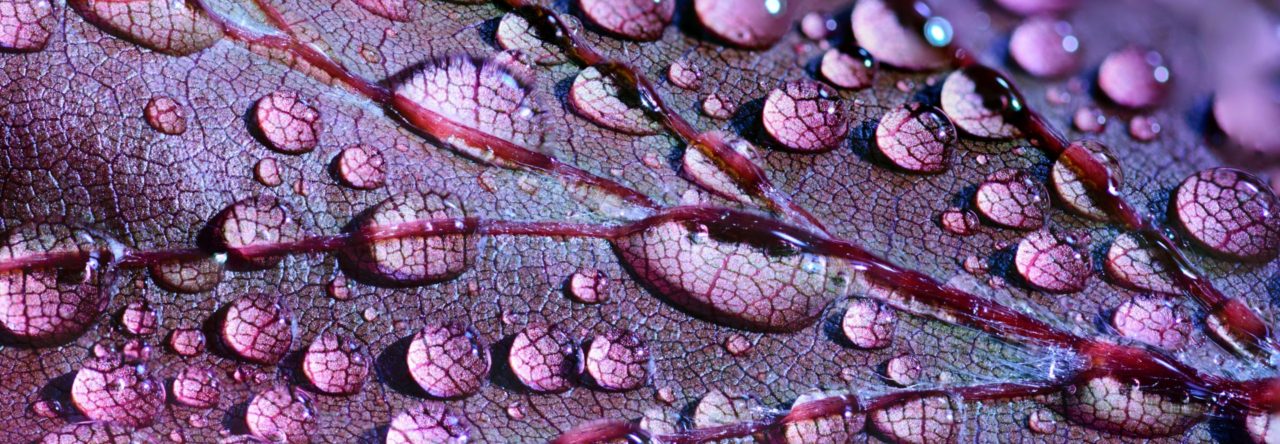

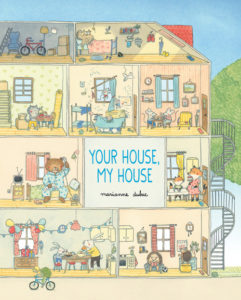
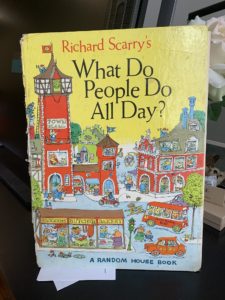 boxes from my recent move, to find my own tattered copy of Richard Scarry’s book.
boxes from my recent move, to find my own tattered copy of Richard Scarry’s book. Kelly Light lives in Amherst,
Kelly Light lives in Amherst, 